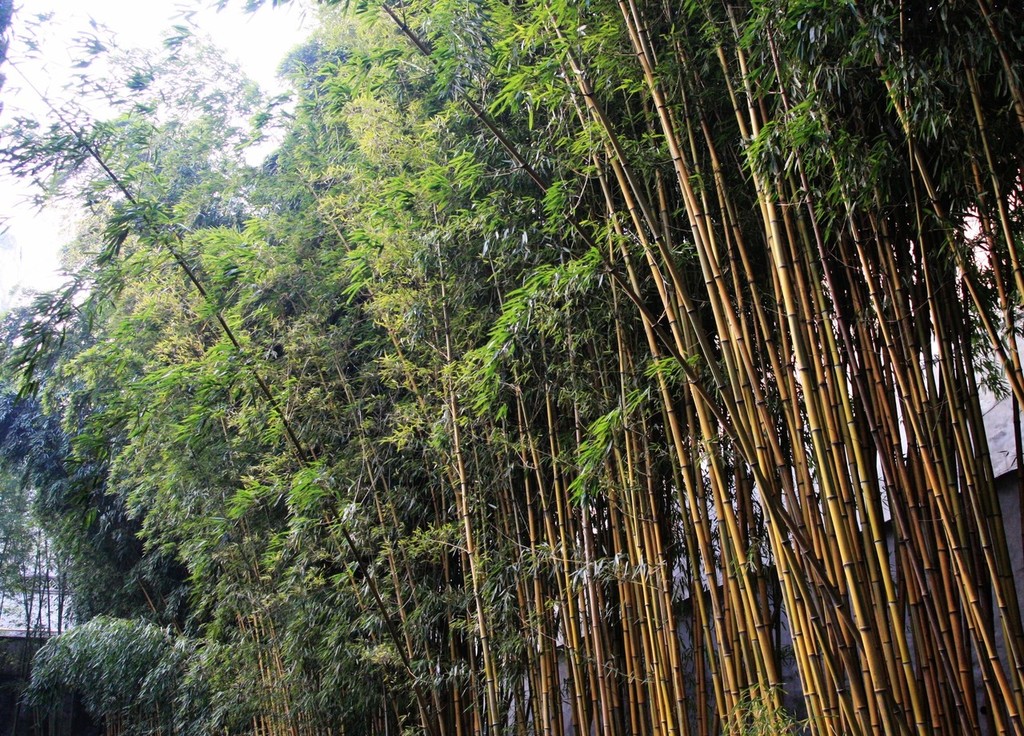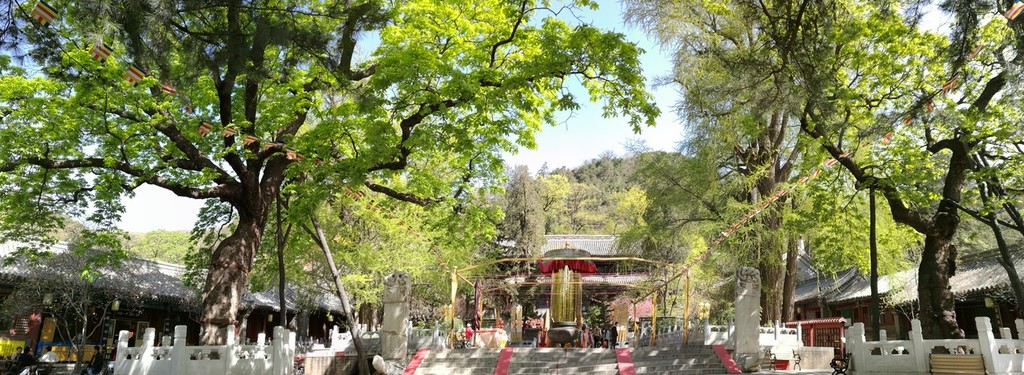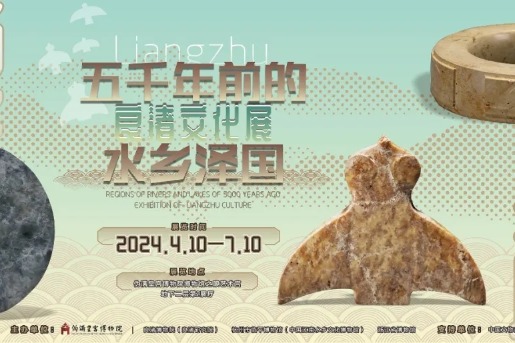Monastery of Pool and Cudrania Trees (Tanzhe si)

The monastery was founded in the Western Jin Dynasty (265-316) and boasts a history of nearly 1700 years. It is the earliest Buddhist monastery built in Beijing. It was initially named Monastery of Good Fortune (Jiafu si), and was renamed several times; it received its final official name, the Zen Monastery of Shrouding Mist (Xiuyun chansi), from the Kangxi emperor (r. 1662-1722) of the Qing Dynasty. However, the temple was far better known by ordinary people as the Monastery of Pool and Cudrania Trees because there is dragon pond behind it and three-bristle cudrania trees grow on nearby Baozhu Peak.

Since the Xizong emperor (r. 1136-1149) of Jin Dynasty, emperors from all dynasties have visited the monastery to worship the Buddha and for recreation. Many of them granted funds for renovation and expansion. In the Qing Dynasty, it reached its peak in terms of size, land property, religious status, and political influence. In particular, with the recognition of the Kangxi emperor (r. 1662-1722) who designated the monastery as imperial-commissioned, it became the largest imperial Buddhist monastery in Beijing.
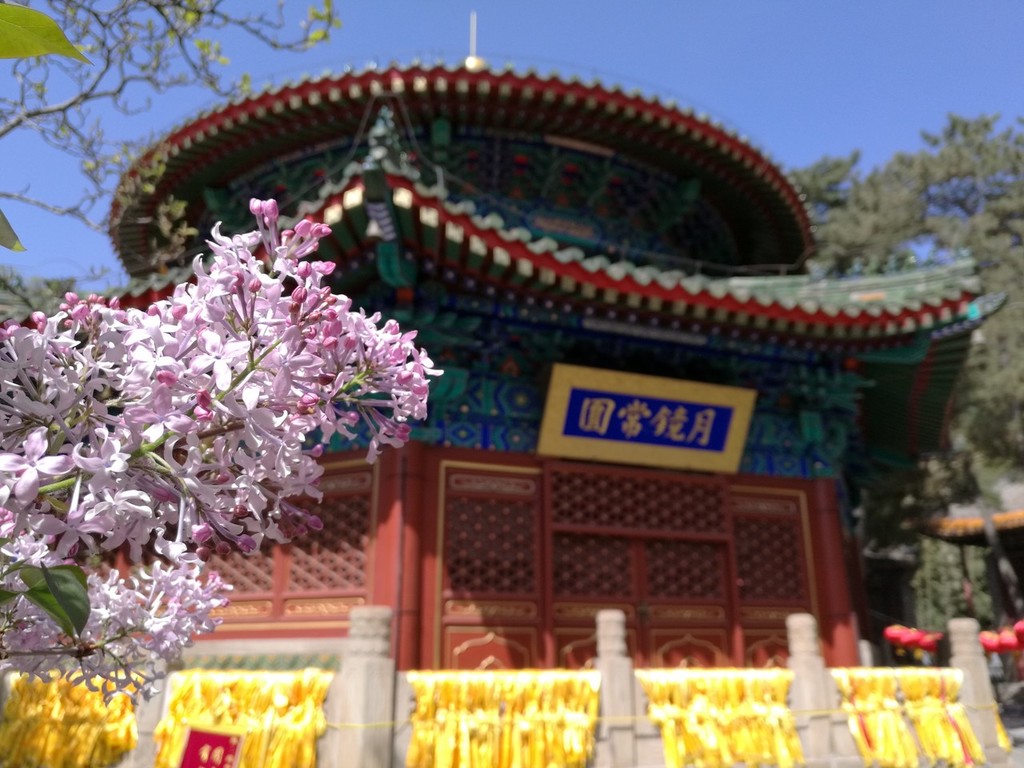
Lying at the foot of the Tanzhe Mountain in the southwest of Beijing, the monastery faces south and leans against Baozhu Peak, nestled by a succession of nine tall peaks in a horse hoof shape. It is built to accord with the height of the mountain and although its buildings may appear somewhat randomly dispersed over the grounds the complex is divided by a central axis and is basically symmetrical, orderly and neat. It is the largest ancient monastery complex in Beijing. Its main structures range from palaces, halls, pavilions and belvederes, to towers, terraces, and altars. The current architecture of the monastery dates to the Ming and Qing dynasties (1368-1911).

The Stupa Forest is the cemetery of eminent monks who lived over several centuries. Of the four stupa yards, only the one in front of the temple is well preserved. Seventy-five stupas are laid out in two groups, including those of the Chan Master Guanghui Tongli of the Jin Dynasty (1115-1234), Master Miaoyan of the Yuan Dynasty (1271-1368), the 13th century Chan Master Haiyun, the Indian Master Devadas, and the Dragon Stupa and the Tiger Stupa.
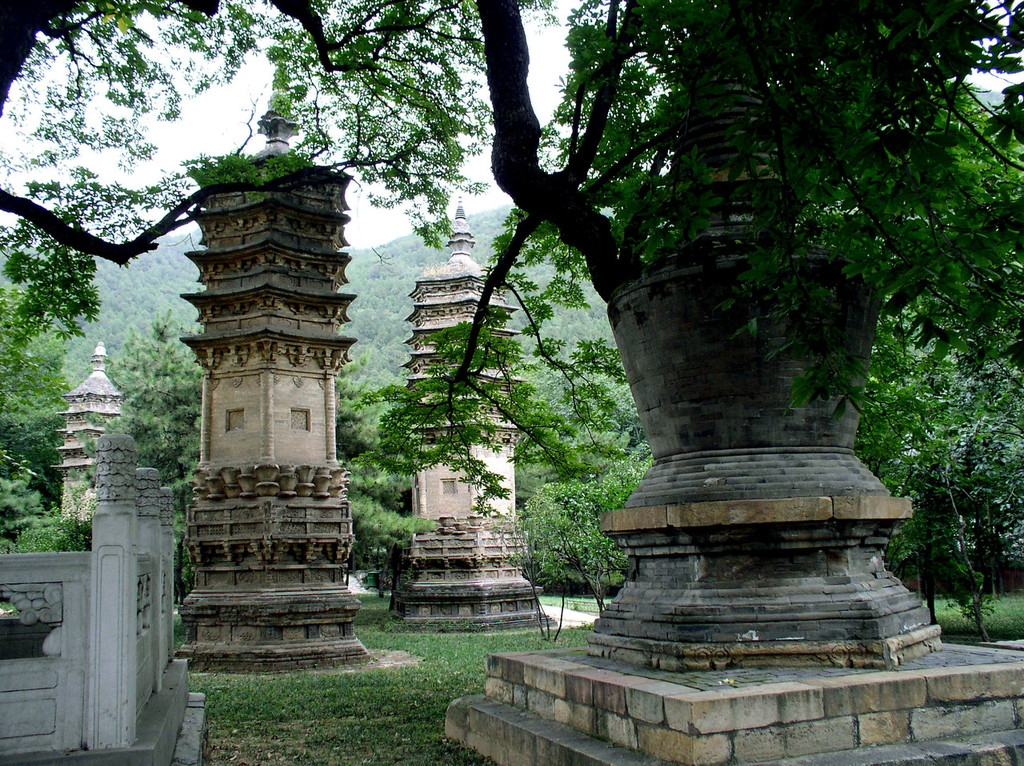
There is a folk saying that the building of Beijing came after that of the monastery. Here are the points supporting that view: Beijing was expanded and rebuilt on the basis of Dadu, or Khanbaliq, the capital of the Yuan Dynasty. Dadu was built in 1276, which is more than 800 years after the monastery was established in the Jin Dynasty. Even the Hall of Supreme Harmony (Taihe dian) in the Forbidden City commissioned by the Yongle emperor (r. 1403-1424) was modeled after the Great Buddha's Hall of the monastery.
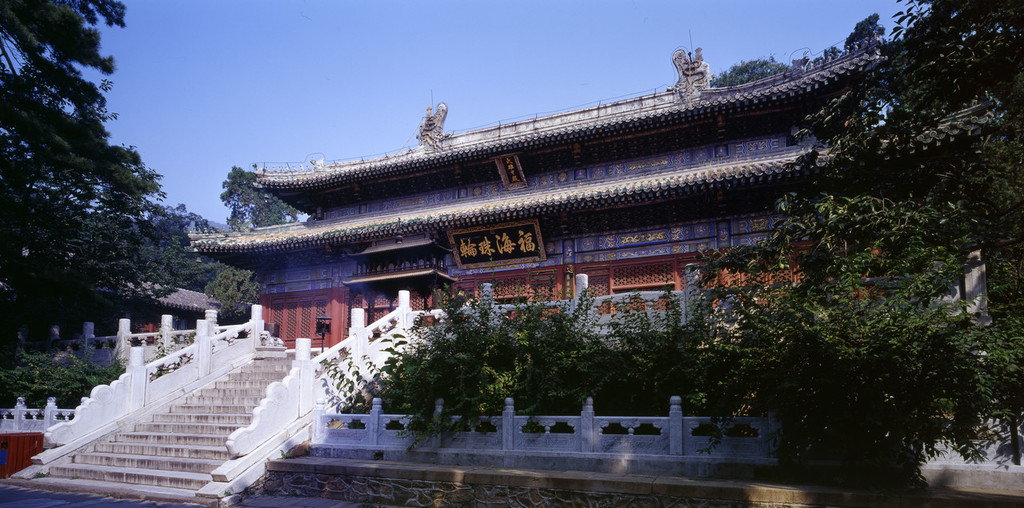
As an imperial temple garden, the monastery is home to various tree species. Bamboo dominates its east and west parts. The plant of hollow stalk implies the Buddhist pursuit of emptiness, or void. Two tall ginkgo trees, planted in the Liao Dynasty, grow in the largest courtyard of the monastery. They were both received from the Qianlong emperor (r. 1736-1795) a dignified personage. In the same courtyard, another pair of old trees, shorea robusta, grow vigorously. They are worshiped by some as sBuddhist scriptures record that Sakyamuni entered into parinirvana under a shorea robusta tree.
